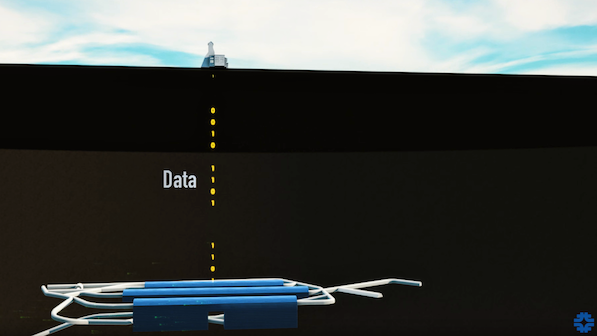What is DUNE?
"Small Particles, Big Science: The International LBNF/DUNE Project" (FNAL)
The Deep Underground Neutrino Experiment (DUNE) is a future leading-edge detector complex, hosted at the Long-Baseline Neutrino Facility (LBNF). DUNE is dedicated to study one mysterious elementary particle: the neutrino. They are the most abundant matter particle in the universe yet very difficult to detect.
DUNE will measure how neutrinos change over time, a phenomenon known as oscillations. This could help answering fundamental questions about the nature of matter and the evolution of our universe after the Big Bang.
DUNE will also be able to observe neutrinos from a core-collapse supernova in the Milky Way, allowing us to peer inside a newly-formed neutron star and potentially witness the birth of a black hole.

Planned to operate starting in 2026, DUNE will consist of two massive state-of-the-art neutrino detector complexes, one at Fermilab and the second 1300 km away from the first, at the Sanford Underground Research Facility in South Dakota, 1.5 km underground. As neutrinos barely interact with matter, they can go through the Earth without being stopped and be measured after travelling some distance. This will bring insight on how they change flavor, or oscillate, while propagating through space.
What do I do in DUNE?
As part of the Computing Consortium, I am co-convening the training and documentation working group, making sure that there is a coherent support on the different reconstruction algorithms and programs used by the collaboration. I am also organizing tutorial sessions to help newcomers grasp the essential skills and get started with DUNE software. My research is geared towards speeding up data analyses by using advanced tools deployed in big data, an effort done in collaboration with other High Energy Physics experiments.
I am also part of the Near Detector Consortium, developing the next generation of neutrino detector capable of handling the high intensity near the neutrino beam.

